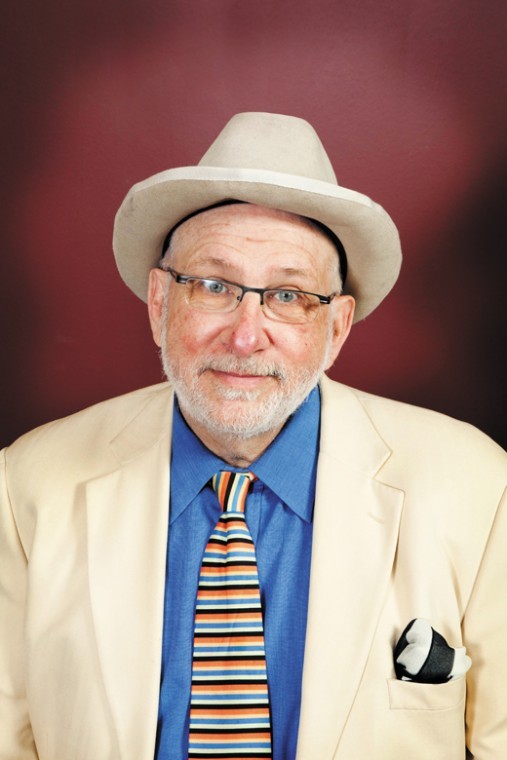When the most that can be said about something is nothing
Published May 16, 2012
O holy parshat Behar, you are speaking to me in the voice of metaphor, poetics, images. We call an image a mashal — a parable, an example. You open with the mashal: Begin with keeping the Sabbath of the land (Leviticus 25:2). The Sabbath of the land; one of the applications of the principle Shabbat.
At the end of the portion, you have moved to speaking of the nimshal, the referent, what the mashal refers to: My Sabbaths? You shall keep them, and revere My Sanctuary (Leviticus 26:2).
O holy Behar, then you take me deeper, to the nimshal of the nimshal, the referent of the referent: My Sabbaths? You shall keep them, and revere My sanctuary, I am Hashem [God].
The nimshal, the referent, is regressible, into more essential and more essential principles until we arrive at: I am Hashem. Moving from application to principle, from induction to deduction, from myth to tenor, arriving at the nimshal of the nimshal: Ani Hashem, I am God.
Hashem is the Name. The Concealed of the Concealed [Zohar] sometimes referred to as Ayin [Nothingness]; when we have arrived at the nimshal of the nimshal — the deepest of the deep — we are at the level of language when the most we can say about Something — is Nothing.















